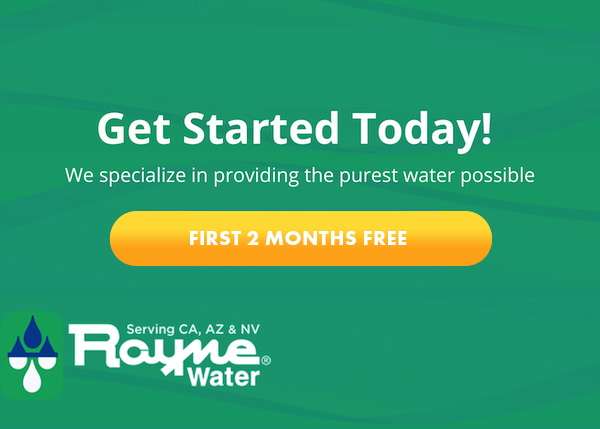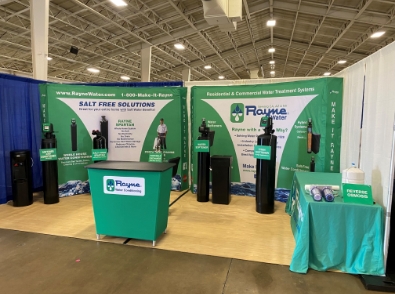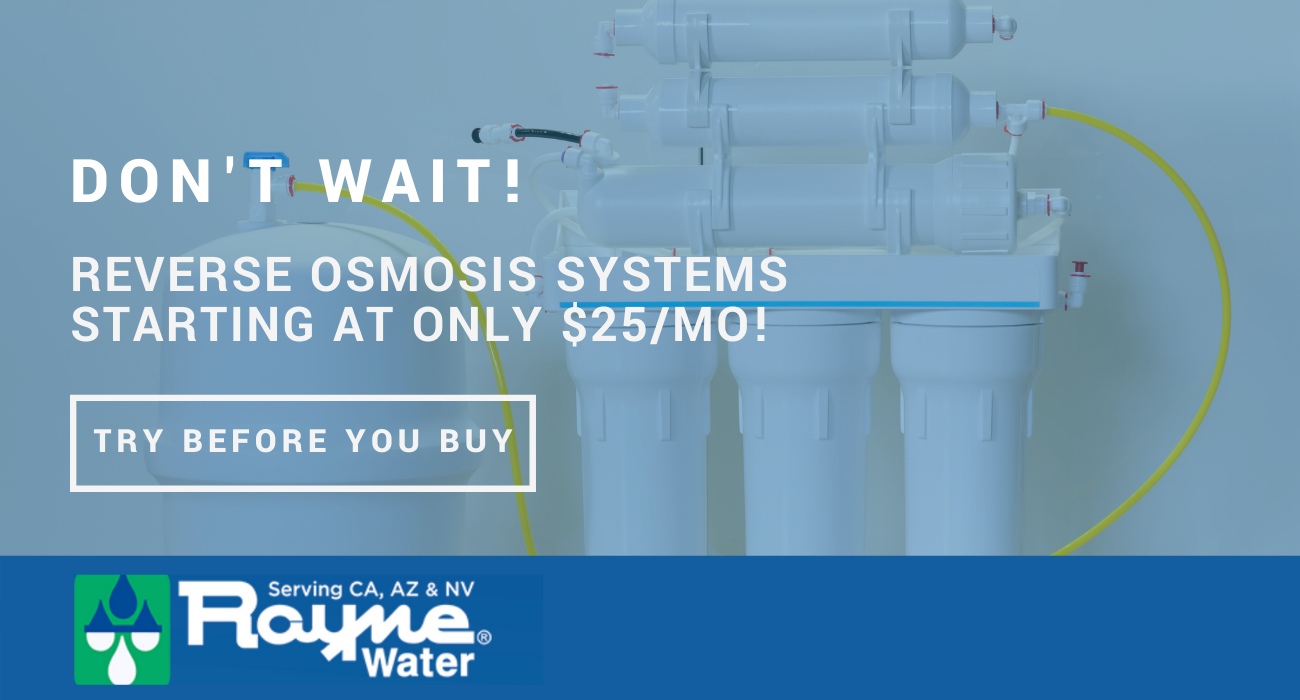The holidays are a time for us to celebrate, reflect, and spend time with those closest to us. However, the gift giving and decorating that accompany the holiday season lead to increased waste in the United States.
For the many people searching for ways to live more sustainably throughout the year, the holiday season presents unique challenges. How do you honor traditions while still living sustainably? The good news is that it’s not as challenging as you may think. To help, we’ve outlined some easy-to-use tips you can implement in your life to reduce your waste and energy consumption, while still celebrating the holidays in a way that aligns with your traditions.
#1. Ditch Single-Use Plastics for Hosting
If you’re hosting a holiday party, the easiest solution is often to use single-use plastic cutlery, plates, and cups. While those offer quick cleanup, they aren’t recyclable which makes them a bad choice for the environment.
If it’s your turn to host, consider using reusable silverware, plates, and to-go containers for leftovers. You may have to spend a bit more time doing dishes, but you’ll help reduce plastic use .
A huge source for single-use plastic waste in the United States are water bottles. If you’re searching for ways to create a more sustainable home during the holidays, ditch those plastic water bottles and encourage visitors to bring a reusable bottle. Even better, fill their reusable bottles with water you filter in your home!
Not only is home filtered water more cost-effective than bottled water, but it’s also a more sustainable choice. If you run into resistant relatives, talk to them about the dangers of plastic water bottles and consider giving the gift of a reusable water bottle.

#2. Give Sustainable Gifts
If you’re searching for how to be sustainable on holiday , minimize the amount of waste that ends up in landfills by giving gifts that are more sustainable. Here are some things to look for in the gifts and toys you give this year:
- Look for gifts that will last, or can be passed down from older to younger children.
- Regifting is a great sustainability practice! Consider organizing a regifting gift exchange to expand this beyond yourself.
- Seek out gifts manufactured from sustainable materials such as bamboo or recycled plastics.
- Create your own gifts with upcycled or repurposed materials.
- Where possible give gifts that don’t require batteries. If your gifts will require batteries, consider including rechargeable batteries and an appropriate charger with them. Not only will that keep batteries out of landfills, but it will also allow those gifts to be used right away!
- Stay local and shop local when possible. This will reduce your shopping carbon footprint and give money back to your local vendors and community.
#3. Reuse and Recycle Gift Wrap
The best practice for a sustainable holiday is skip the gift wrapping altogether. That doesn’t mean you have to eliminate the element of surprise! The keys to sustainable holidays are creativity and flexibility. Creative solutions can yield a fun holiday experience without impacting the landfill, such as hiding your gift somewhere and using clues to lead the recipient.
If you’re a traditionalist and love to wrap your gifts, use these sustainable tips:
- Avoid metallic wrapping paper or bags, as these can’t be recycled.
- Reuse or regift wrapping paper and gift bags.
- Recycle any paper products you don’t reuse, such as non-metallic wrapping paper or paper. Reuse metallic tins or containers you receive gifts in.
- Send paper cards that can be recycled, rather than plastic cards.
#4. Swap to LED
While we produce more waste during the holiday seasons, we also use more electricity. All of those lights and decorations can quickly add up and substantially increase your home’s electricity usage.
If you’re looking to create a more sustainable home this holiday season, swap out your old lights with fresh LED lighting. A strand of LED Christmas lights only uses around 4 watts of power, while a traditional string of lights uses around 34 watts per strand. Not only will making the swap to LED help the environment, you’ll quickly realize the savings on your holiday utilities bills! Also be sure to set your Christmas lights on timers so that they’re visible at night, but not wasting energy throughout the day.
If you’re looking for green office environment tips , be sure to make the swap to LED lighting and set timers on any office holiday decorations as well. But don’t stop there! Take a moment to read through our handy guide on how to create a more sustainable office environment through the holidays and beyond.
Closing Thoughts
Implementing more sustainable practices through the holiday season is a great way to reduce your home’s environmental impact. For a more sustainable holiday, give gifts that are long-lasting, made from sustainable materials, produced locally, or are regifted. Upgrade your traditional Christmas lights to more environmentally-friendly LED lighting, which will not only reduce your environmental impact but also lower your utility bills.
Gift wrapping can sometimes be avoided altogether using creative methods, but if it can’t, be sure to reuse gift wrapping and avoid any metallic wrapping paper or bags that can’t be recycled. That goes for cards as well. Use paper cards that can be recycled where possible, and avoid plastic cards that can’t be recycled. If you’re hosting a party, avoid using single-use plastics like plastic silverware, plates, or water bottles. Instead use reusable silverware, plates, and drink containers.
Looking for even more ways to create a more sustainable home during the holidays and beyond? Ditch the plastic altogether and filter your own water! Filtering your own water can save you money while helping the environment. To find a water filtration solution that’s right for your needs, contact Rayne Water today!

Sources:
- “The Most Common Holiday Recycling Mistakes” https://www.wsaw.com/2020/12/01/the-most-common-holiday-recycling-mistakes/
- “Sustainable Holidays” https://www.dec.ny.gov/chemical/8829.html
- “Green Your Holiday Season” https://green.harvard.edu/tools-resources/green-tip/green-your-holiday-season



